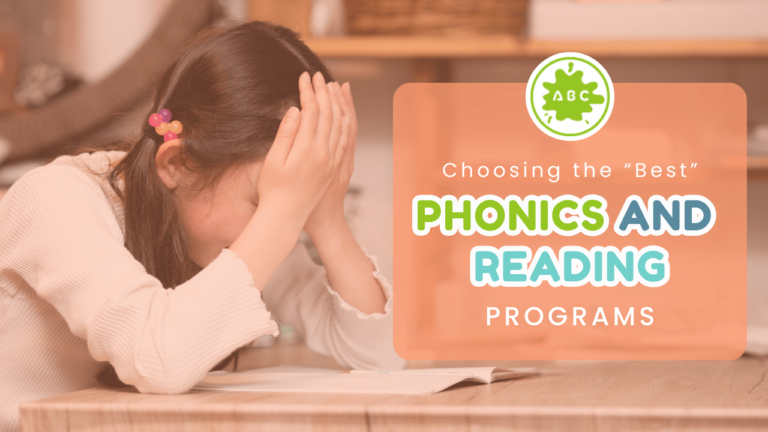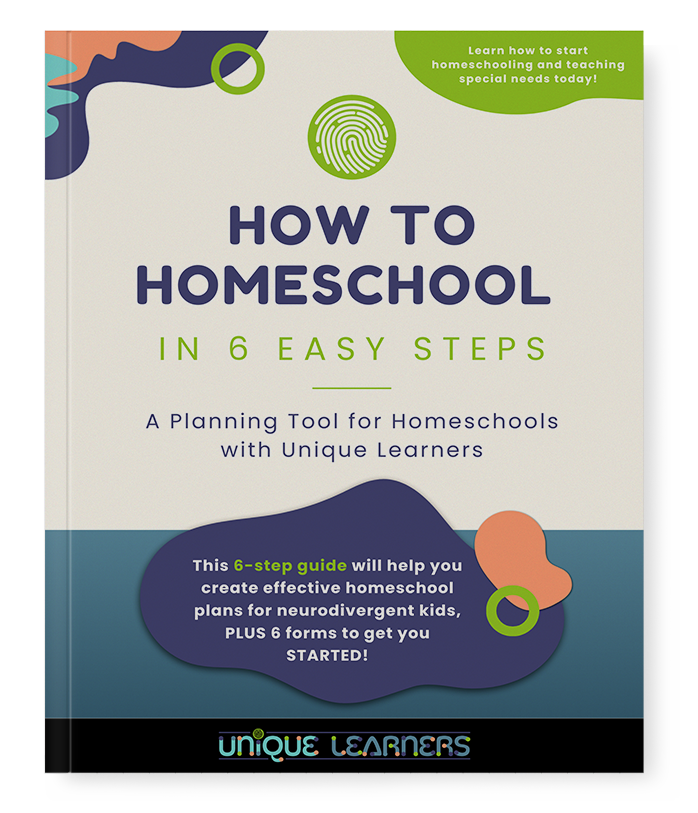Today, I’m going to answer perhaps the most common question that homeschool moms ask me and that I see so often in social media groups: How do I choose the “best” Phonics and Reading programs for kids who struggle in learning to read?
A lot goes into curriculum design.
Phonics and Reading Teacher’s Manuals
Teacher manuals can be scripted where the teacher reads exactly what to say to the student and gives the expected student response. Some can have an outline and a list of possible activities. Seldom do teacher manuals tell what to do if the student needs to move at a faster pace or needs to take ten times as long on a lesson. Then homeschool moms think something is wrong with the curriculum.
Student Materials
For the student, the variety is even greater. Some beginning reading programs have little readers with controlled vocabulary. Others have colorful workbooks. Some have songs and memory tricks. Some have formatted workbooks with a lot of white space on the page. Some have a reader with isolated words, phrases, sentences, and simple stories.
With so much variety, I am still surprised that anyone thinks a “best” or perfect reading program exists! If your child is struggling, it could be an issue with the curriculum. However, most of the consulting appointments I have with homeschool moms reveals that the curriculum is not the problem. Often, the child has a brain processing issue with either the auditory system, the visual system, or memory issues. Phonemic awareness is a skill of knowing how sounds within words and spoken language works. When a preschool child has a hard time learning the sounds of letters, can’t seem to hear if words rhyme, or mispronounces words in sentences, the indicators for a reading problem are strong.
First Steps to Deciding
As a homeschool mom, you will want to take careful notice of what your child picks up easily and what seems hard for your child in spoken language and learning letters. Some excellent programs for beginning reading instruction are available to homeschoolers. You want to keep both what appeals to your child and what the child needs to work on when you select a phonics or reading program.
Phonics and Reading Program Features to Look For
There are some important features I suggest when shopping for the best match for you and your child.
- Sequence of letters presented make sense for both reading and spelling. This is usually listed in the Table of Contents.
- The use of a large, clear font. Large size is more important than font style.
- Multisensory activities (see it, hear it, say it, feel it, do something with it, write it) are part of the lessons. Spelling and reading should go together. No need for 2 different programs if the phonics or reading program is thorough.
- The teacher manual is one you can understand and follow.
- What is the pace of the program? If you have a child who is young and ready to learn to read, you will want a fast-paced program. However, if your child has struggled or is still learning letter sounds, look closely at how much is covered in each lesson. You may want a slower pace to be sure your child masters each skill.
- Are the student materials a good match for your child?
Your Phonics and Reading Programs Still Not Working?
For those of you who have tried two or more phonics and reading programs but your child is still not reading at age 8 or 9, things start to get a little tricky. A child’s visual system is not fully developed until age 9 or 10; however, most kids are ready to do symbolic processing (remember letters and numbers) by then. You likely need some guidance to check what is going on before your kiddo gets discouraged! If you are frustrated with the Phonics and Reading programs you have been using or you are concerned about your child’s learning, shoot me a message or email: info@uniquelearnersllc.com
Working but Boring?
If what you are doing seems to work but the program is dull and boring, you may need to perk up what you do with more motivational activities. You can find games and multisensory activity ideas in the UL shop! I just uploaded a chutes and ladders type game, “Balls, Balls, Balls” for short vowel review (CVC words): https://uniquelearnersllc.com/product/balls-balls-balls-folder-game-phonics-short-vowels-cvc/
Want to know about new products and blogs?
Join our email newsletter to get notified before anyone else when there is a new blog article or product.
Also, join our Facebook group!
Join our new “Homeschool Help for Special Needs” Facebook group! It is a place for homeschool moms to ask questions about homeschooling a child with special learning needs, share teaching and curriculum ideas that have worked (and those that bombed), and be real about the unique challenges of homeschooling with special needs. If you want to join us, be sure to answer the member questions to help us keep this private group secure. Join us now!
Happy Homeschooling!
Sue Hegg

